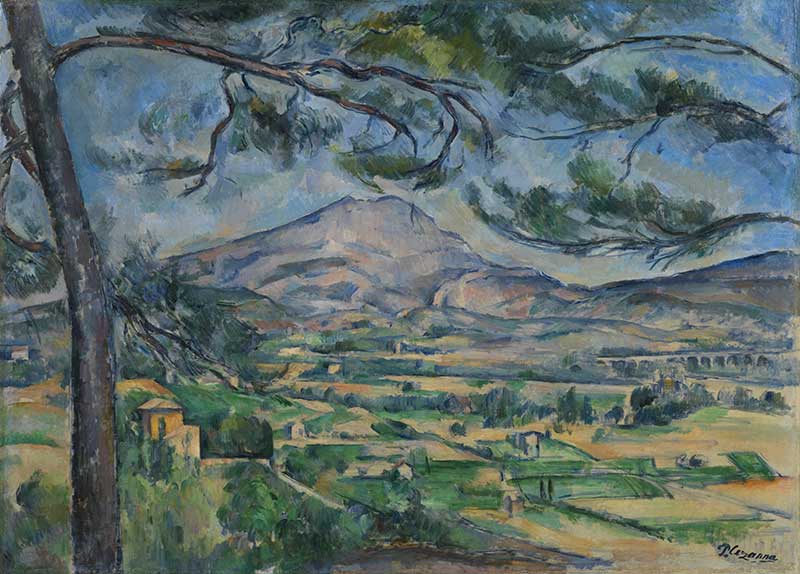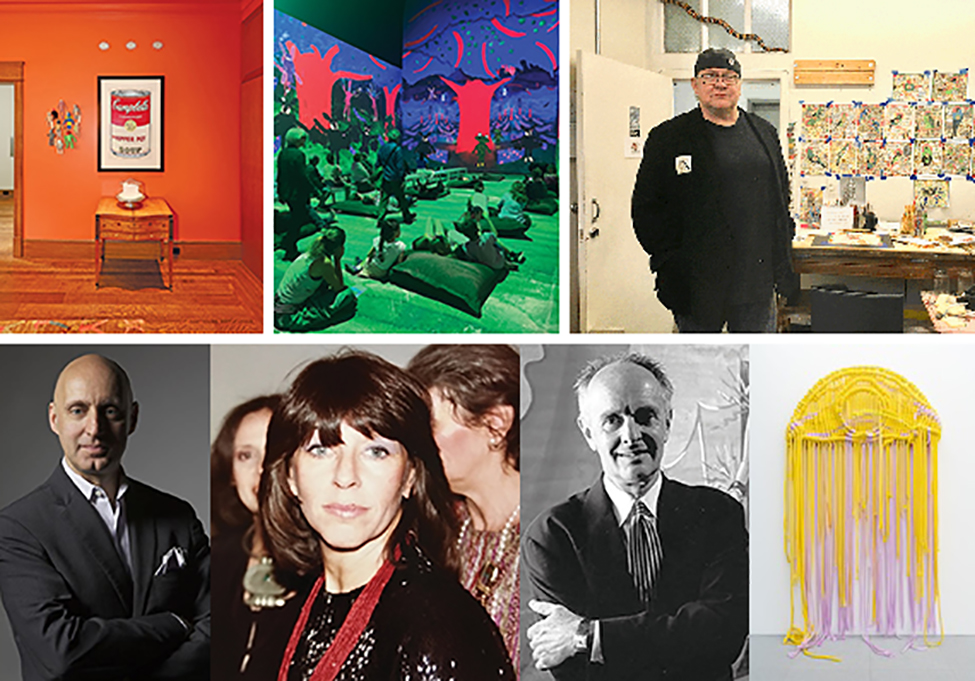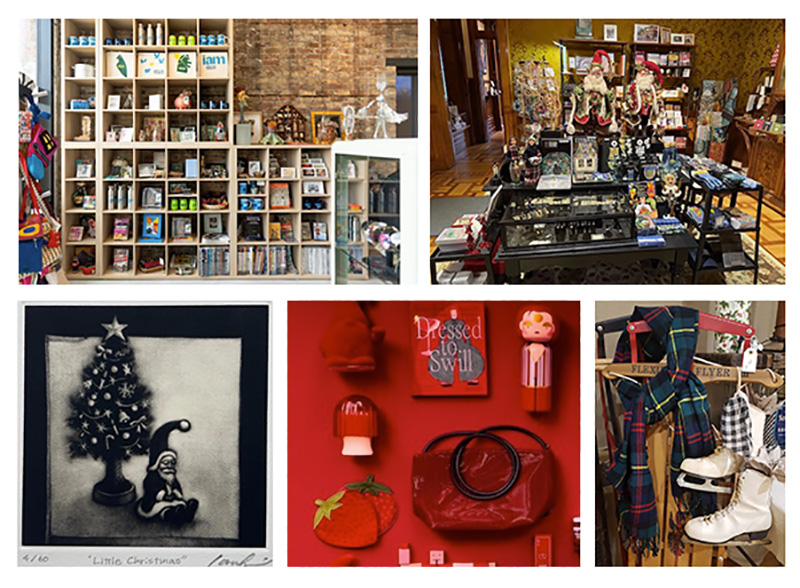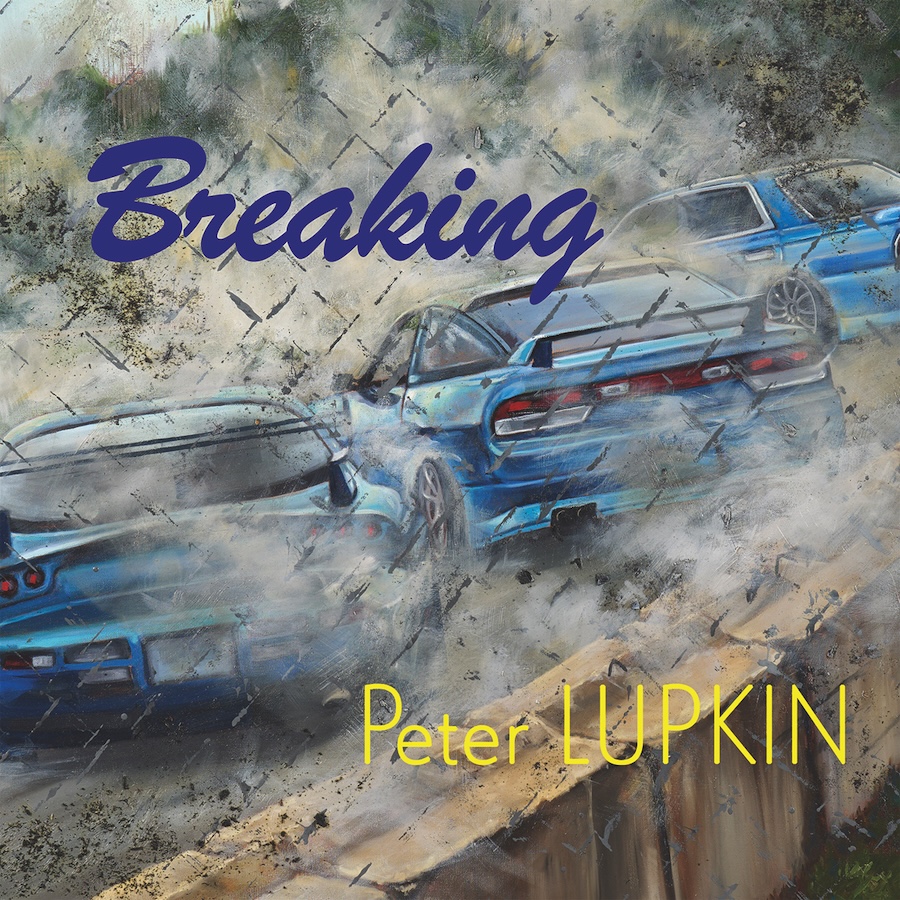An Artist's Artist: Paul Cézanne

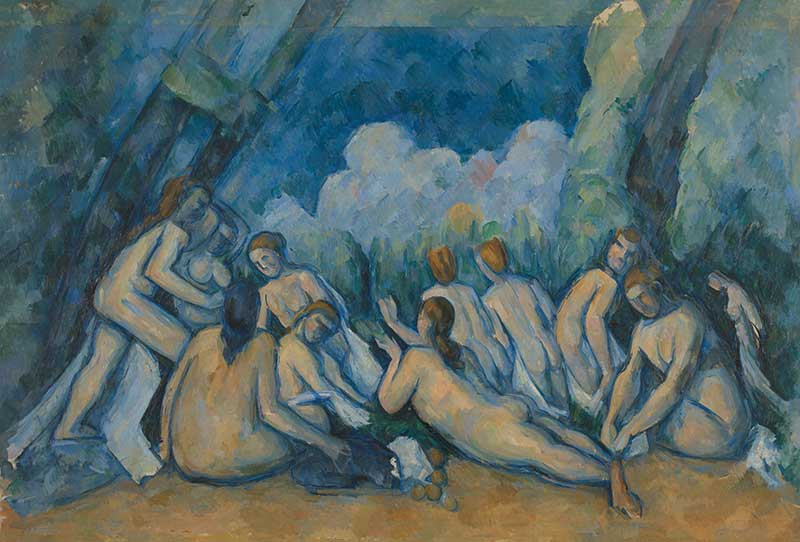
By JACQUELINE LEWIS
Paul Cézanne has been widely considered the father of modern art, perhaps the G.O.A.T. of his accomplished peer group, as Claude Monet and Camille Pissaro called him the “greatest of us all.” Pablo Picasso and Henri Matisse later affirmed the sentiment.
An upcoming retrospective of Cézanne’s art at the Art Institute of Chicago will delve into the 19th century artist’s mind, dissecting his creative practices and highlighting why they remain so vital more than 100 years later.
Cézanne’s artistic process sought to answer the question of whether or not an artist could create art by utilizing only one sensation at a time – sometimes color, then technique or subject. He wanted to understand what happened by working in a singular focus. Was the art truer, more visceral? These were novel considerations that led Cézanne to develop his own deliberately nonlinear process, which led to the birth of the Modern Art movement and also gained him the eternal reputation as “artist’s artist.”
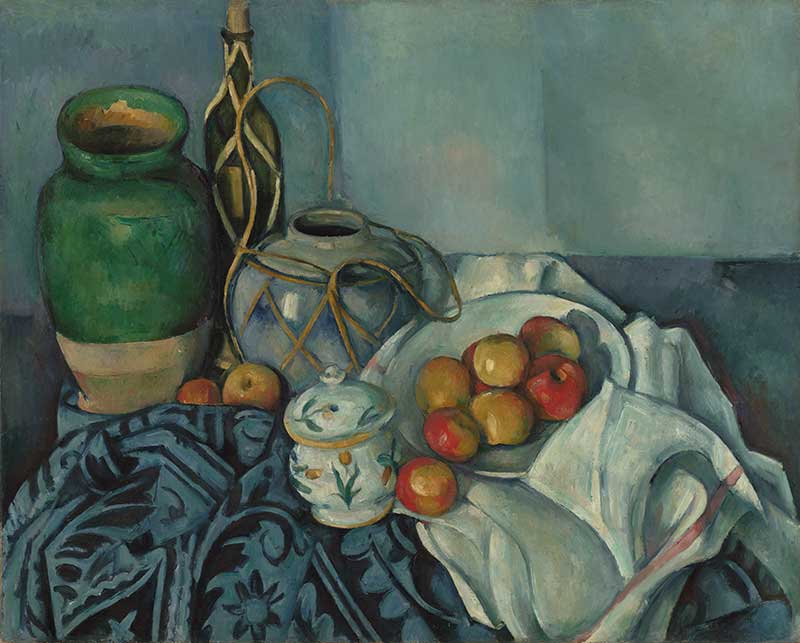
Curated by the Art Institute of Chicago’s Gloria Groom and Caitlin Haskell, with the Tate Modern’s Achim Borchardt-Hume and Natalia Sidlina, the exhibition features an astounding 90 oil paintings and 40 watercolors acquired from public and private collections, and it’s the first major Cézanne retrospective in the U.S. in more than a quarter century. It’s the first exhibition on Cézanne organized by the Art Institute in more than 70 years. To support this staggering presentation, Cézanne includes a technical distillation of the artist’s process, supported by a collaboration amongst current Art Historians, artists and conservators, illuminating Cézanne’s position as a giant of art history for our own time.
May 15–Sept 5, 2022 • The Art Institute of Chicago
